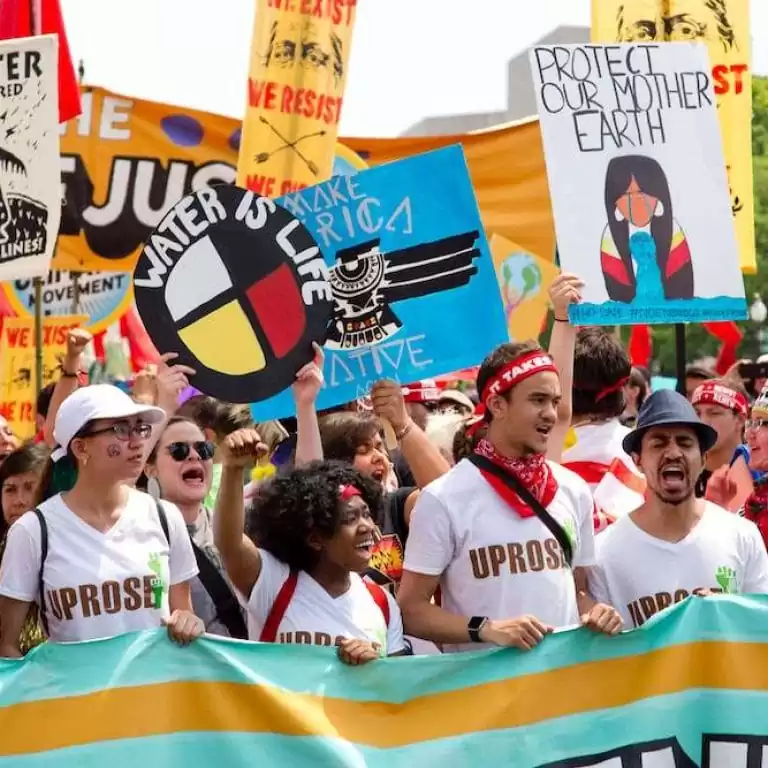
News Time-lapsing the environmental agenda
Extremely slow progress, or change occurring at an imperceptible pace is the most fruitful kind of action for time-lapse capture. This has helped to shed light on long-term environmental changes, for example.
With the recent protests in London by socio-political movement Extinction Rebellion receiving considerable media coverage last month, the environmental agenda has been given a wider platform globally. This is an issue that has certainly been recognised with more urgency in the last decade but one that has been given a renewed charge by the resistance efforts in prominent sites across the capital.
Changes to the environment are indebted to time-lapse photography (and scientific tools, of course) for lending its clarity to an otherwise complex and wide-ranging problem.
Pulling back the lens
Climate change and other dangerous effects can be hard to recognise on a human scale. From year-to-year, extreme weather events can seem insignificant but when you can see these within their wider contexts, the signs are difficult to ignore.
NASA is one of the global bodies of scientists who are tracking environmental changes from afar, using satellites to point out shifts to weather patterns and regional transformations. These time-lapses are comprised of 5 million images collected from five satellites between 1972 and 2015.
Seas are shrinking, forests are replaced by duller brown landscapes and glaciers are melting. Shocking due to its vividness, the toll that climate change is having on Earth cannot be denied when rendered on these terms.
Indeed, it is hard to be sceptical when time-lapse provides a lens through which to view long-term change at a pace our brains understand.
Google, in association with TIME magazine, have also created several time-lapses from satellite imagery, which show the results of human destruction on Earth in the last 30 years. The impact humans are having on the planet is impossible to ignore from such graphic content.
As Madison Kotack nicely puts it, time-lapse is “the quiet hero of climate change awareness.”
Slow motion
If we were to look at it another way – documenting things on a much closer scale – time-lapse is just as good at communicating changes from a micro perspective.
Through work like Daniel Stoupin’s ‘Slow Life’ (below), which depicts the existence of coral in a time of environment change, we can see how even the smallest of organisms are susceptible to change in their biosphere.
Some organisms, like those depicted in Stoupin’s sequence, require time-lapse so that their motion can be detected. As Stoupin notes in more detail on his blog, “‘slow’ marine life is particularly mysterious.
“As colourful, bizarre-looking, and environmentally important as we know corals and sponges are, their simple day-to-day life is hidden.
“Time-lapse cinematography reveals a whole different world full of hypnotic motion and my idea was to make coral reef life more spectacular and thus closer to our awareness.”
Indeed, if these aesthetic qualities may encourage more interest about such organisms, this could lead to more concern and a willingness to fight for change to protect such wildlife.
The time-lapse videos included here, and many more elsewhere, are evidence of what our widespread destruction and exploitation of finite resources are doing to the planet; presenting decades of change in such a way that is hard to disprove.
With its ever-increasing popularity and its ability to show entirely different perspectives from living, breathing organisms we share the Earth with, perhaps time-lapse will play a crucial part in making the right steps towards change.